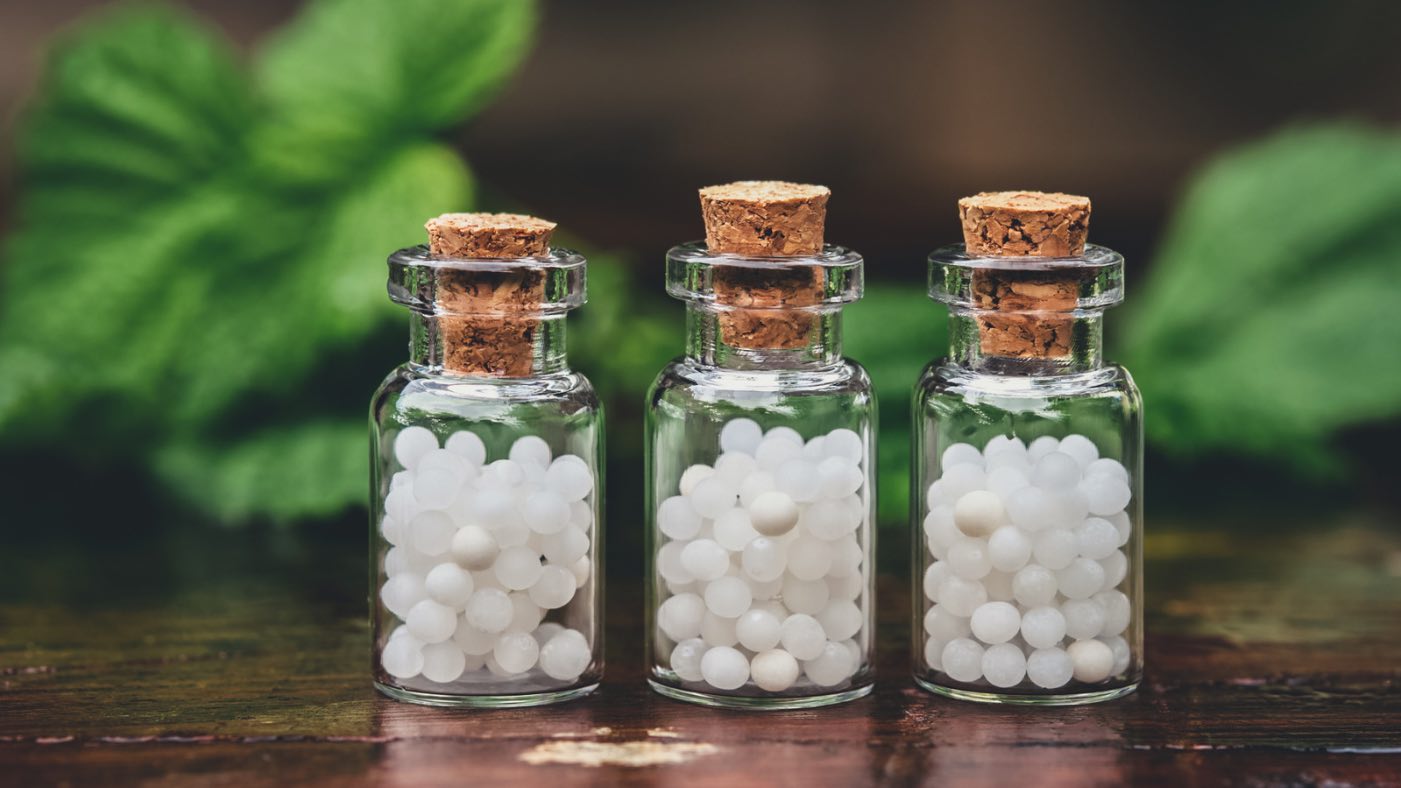How are homeopathic medicines made?

Homeopathic preparation is the process of diluting and succussing (shaking) a substance to create a homeopathic remedy. The goal of this process is to transform the original substance into a highly potentized and energetically charged remedy that can stimulate the body’s natural healing abilities.
The process of homeopathic preparation typically involves the following steps:
- Selection of the substance: Homeopathic remedies are made from natural substances such as plants, minerals, and animal products. The substance is chosen based on its ability to produce symptoms similar to those being experienced by the patient.
- Trituration: If the substance is not soluble in water, it is ground into a fine powder and mixed with lactose (milk sugar) in a process called trituration. This creates a “mother tincture” that can be further diluted.
- Dilution: The mother tincture is diluted in a series of steps using a standardized method of dilution and succussion. The dilution process involves adding the mother tincture to a solvent, usually water or alcohol, and shaking it vigorously. Each dilution step increases the potency of the remedy, according to the principles of homeopathy.
- Potentization: The final step in the preparation process is potentization, which involves shaking or succussing the diluted remedy. This process is believed to activate the energetic properties of the remedy and enhance its healing power.
Homeopathic remedies are usually available in the form of pellets, tablets, or liquid drops. The potency of the remedy is indicated by a number and letter, such as “30C” or “200X.” The number represents the number of times the remedy has been diluted and succussed, while the letter indicates the type of dilution method used.